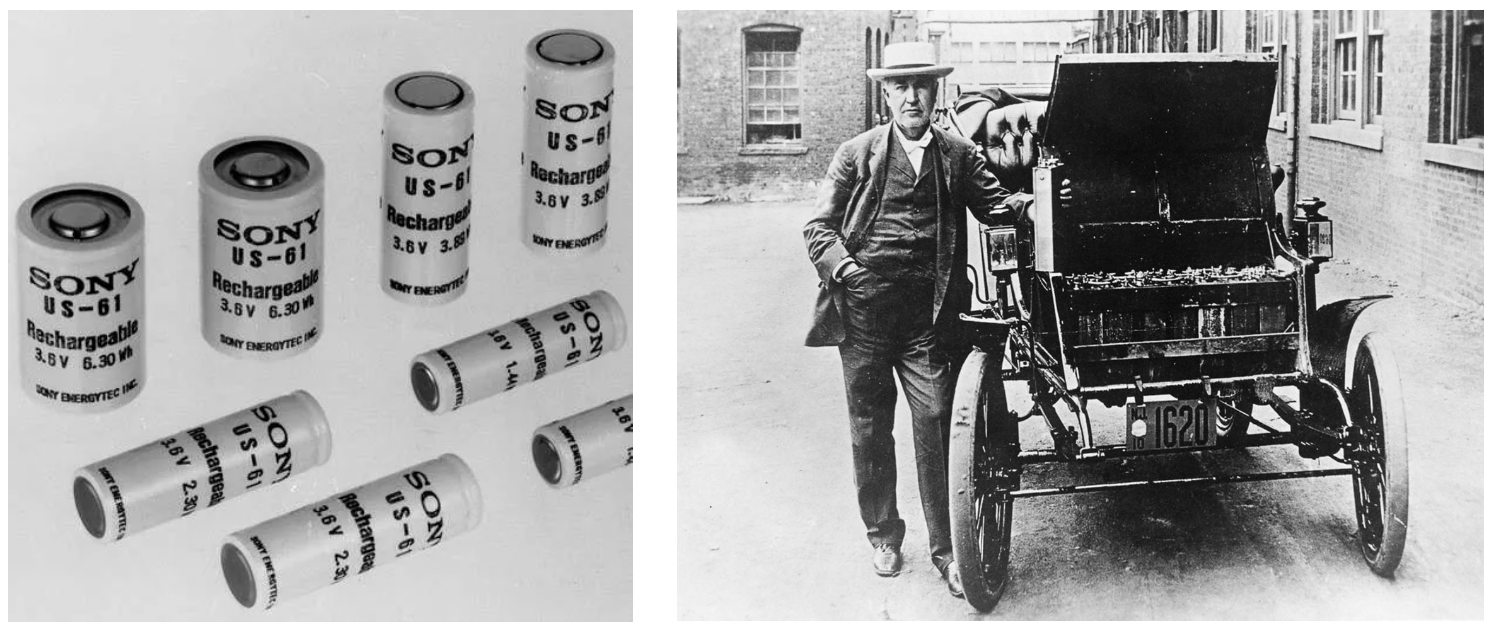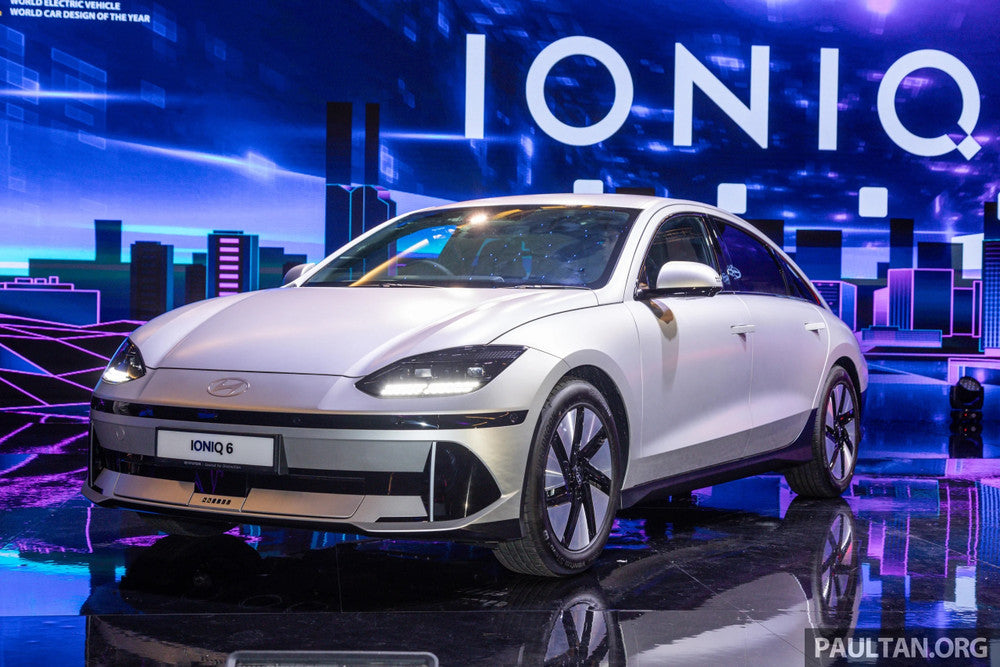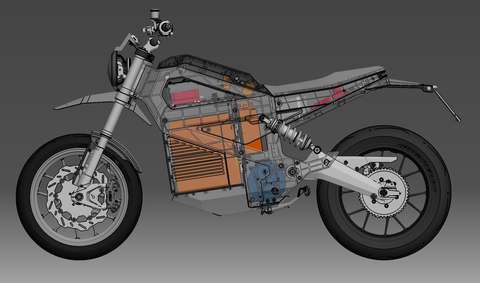Back in the 1990s, "battery life" was simply about how long your TV remote, wall clock—or if you were fancy, your Sony Walkman—would last.
By 2025, batteries are no longer just convenient add-ons. They've become fundamental infrastructure. From smartphones and electric vehicles to entire home energy systems (especially those using solar panels and energy storage), everything today runs on battery technology.
But what exactly is inside those sleek “black boxes”? And why have batteries become such a critical part of modern life?
A Brief History: From Volta to the Lithium Era


For over a century, batteries remained largely experimental tools in laboratories. But by the late 19th century, things started to change:
-
1880s: Lead-acid batteries powered some of the very first electric cars—yes, EVs existed before gasoline cars.
-
1980s–1990s: Nickel-Cadmium and Nickel-Metal Hydride batteries became common in portable electronics like game consoles, cordless phones, and home devices.
-
1991: Sony released the first commercial lithium-ion battery. It was lighter, rechargeable, and more energy-dense—laying the foundation for today’s mobile technology boom.
Fast forward 30+ years, and lithium-ion batteries remain the dominant choice for most consumer electronics and electric vehicles.
Lithium-Ion: The Workhorse of Modern Electronics
Developed in the 1980s and commercialized in the early ’90s, lithium-ion batteries revolutionized energy storage. Their advantages—lightweight, high capacity, and rechargeable—make them ideal for:
-
100% of smartphones
-
Most laptops, tablets, and smart devices
-
Nearly all electric vehicles on the market
But as demand grows for better performance, safety, and sustainability, lithium-ion batteries are beginning to show their limitations—such as reliance on rare metals, production costs, and potential fire hazards.
In Electric Vehicles, the Battery Is the Vehicle
In EVs, the battery isn’t just a component—it’s the heart of the vehicle. It determines:
-
Driving range per charge
-
Acceleration and performance
-
Charging time and convenience
-
Vehicle safety
-
Production cost and final price
In other words, the battery configuration is the vehicle configuration. A better battery means a faster, longer-range, safer, and more attractive vehicle. That’s why automakers and tech companies are in a global race for battery innovation.
Lithium-Ion (Li-ion)
-
Pros: High energy density, compact, widely adopted
-
Cons: Risk of overheating, depends on rare metals like cobalt
-
Still the mainstream choice for smartphones, laptops, and premium EVs.
LFP – Lithium Iron Phosphate
-
Pros: Very safe, long life, lower cost
-
Cons: Slightly lower energy density
-
Ideal for city EVs, buses, and electric scooters—where stability and safety outweigh range.
Sodium-Ion
-
Pros: Uses abundant materials (salt), cheap, eco-friendly
-
Cons: Lower energy density (but improving)
-
A strong candidate for low-cost EVs and developing markets in Asia.
Solid-State Batteries
-
Pros: Twice the energy, non-flammable, ultra-fast charging
-
Cons: Expensive, difficult to mass-produce—for now
-
Touted as the future of batteries, solid-state tech could trigger a major breakthrough within the next 5–10 years.
Key Trends in EV Battery Development

-
⚡ Fast Charging, Long Range
The EVs of the future could charge in under 10 minutes and drive over 800 km per charge—enough to travel from Ho Chi Minh City to Da Nang. Today’s premium EVs like the Hyundai IONIQ 6 or Lucid Air are already reaching 700–800 km with advanced lithium-ion packs. Solid-state technology aims to reduce charging time to just a few minutes.
-
🌱 Sustainable Supply Chains
Companies are working to eliminate cobalt—an ethically controversial rare metal, often sourced from unstable regions in Africa.
Tesla and BYD are shifting towards LFP batteries for mass-market models—safer, longer-lasting, and cobalt-free.
In Europe, startups like Northvolt (Sweden) focus on producing “green batteries” with recycled materials and transparent sourcing.
-
♻️ Recycling & Second Life
EV batteries still retain energy capacity after being retired from vehicles. They’re now being repurposed in solar storage systems for homes, cafés, or public buildings. In Japan, Nissan repurposes batteries from its LEAF EVs to power solar lighting in public parks.

-
🧂 Sodium Rising
Sodium-ion batteries, using salt-based materials, are cheaper, more abundant, and easier to produce.
CATL (China’s largest battery maker) has already launched its first sodium battery and plans to use it in small EVs soon.
In Southeast Asia—especially Vietnam, Indonesia, and the Philippines—sodium batteries could be a game-changer for low-cost e-mobility and energy storage in underserved areas.
NUEN MOTO’s Battery Journey: Crafting the Heart of the N1-S

At NUEN MOTO, developing the custom battery pack for the N1-S was a mission to balance speed, durability, and thermal safety—all wrapped into a compact, sleek form.
Want to know how we did it? Dive into our article: “The N-Battery System: Heart of the N1-S” to explore the tech behind the ride.
Final Thought
From browsing the internet to driving, working remotely to charging our lives—batteries have become the invisible engine of the modern world.
From Volta’s lab experiment 200 years ago to today’s high-capacity energy blocks powering entire homes, battery technology has come a long way. Now, it’s not just about convenience—it’s about shaping a smarter, more sustainable way of life.
Remember: every time you power up your phone, laptop, or EV, you’re holding in your hand the result of centuries of innovation and discovery.



